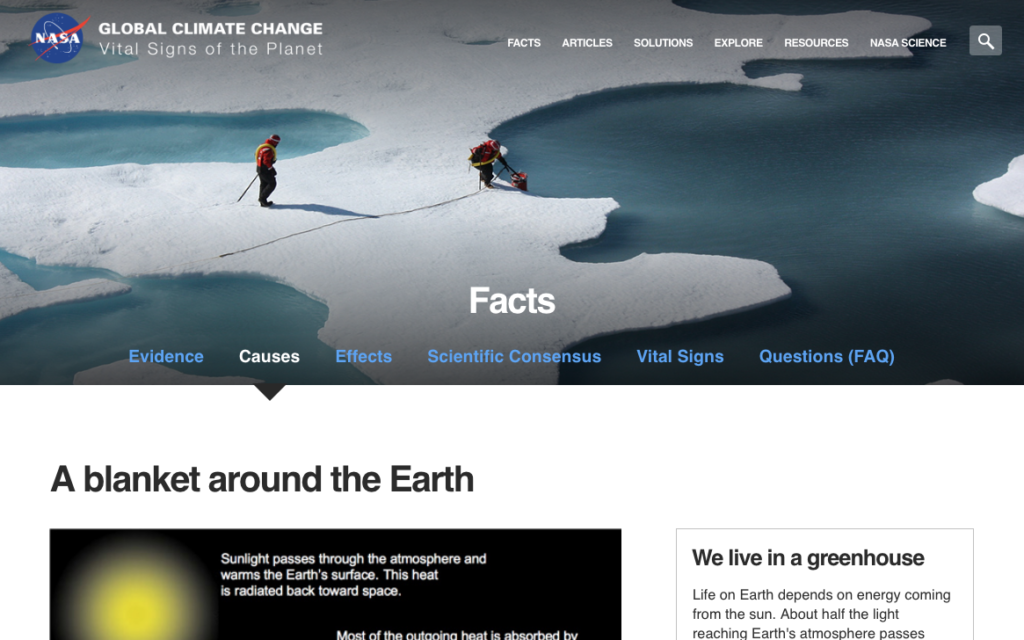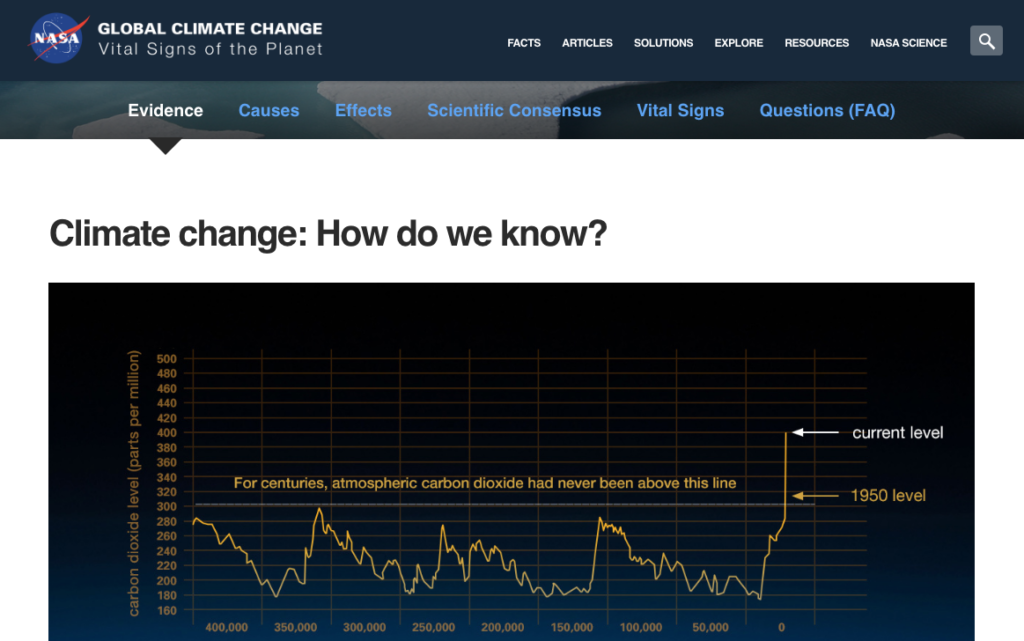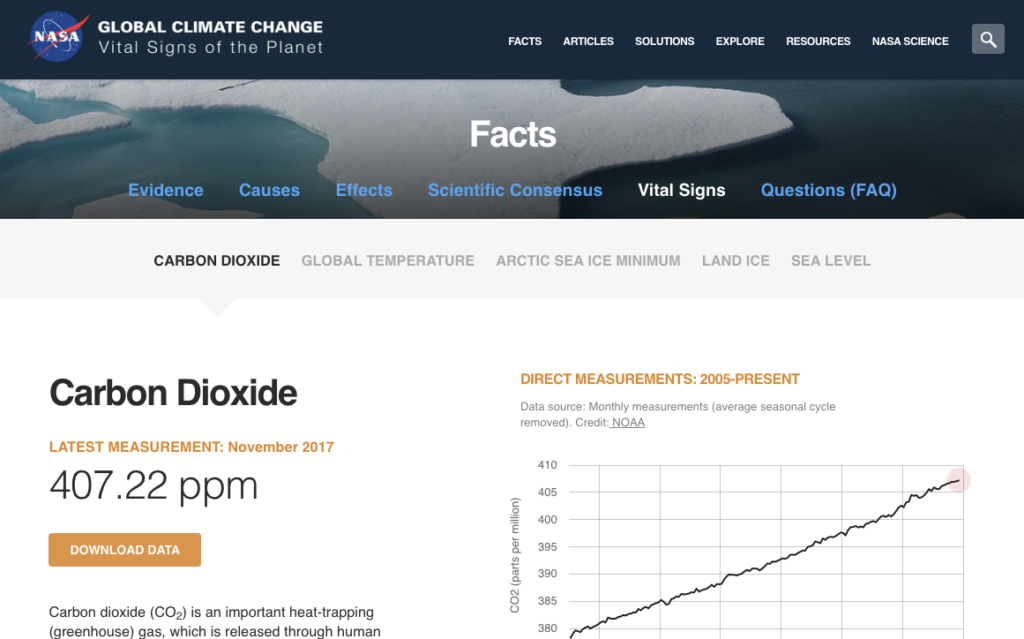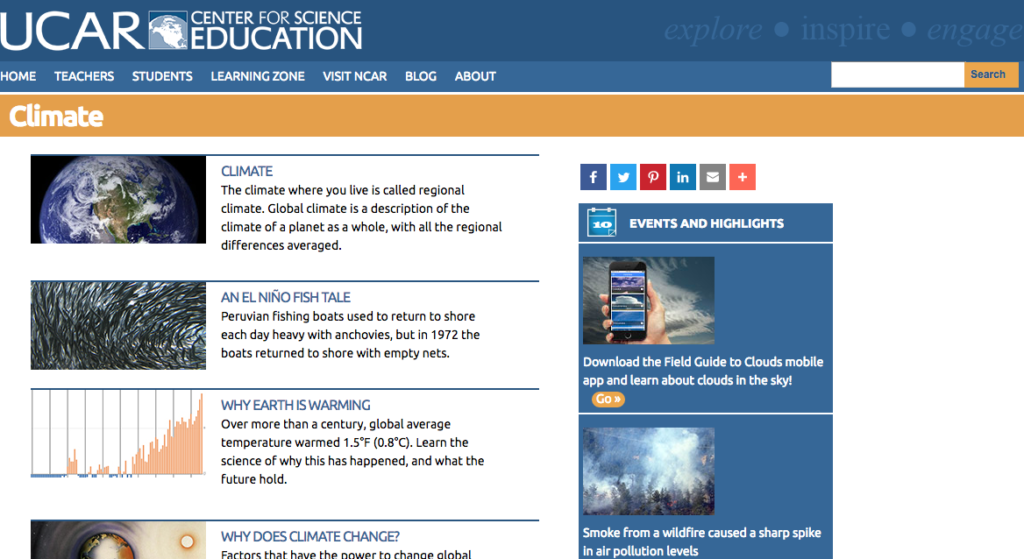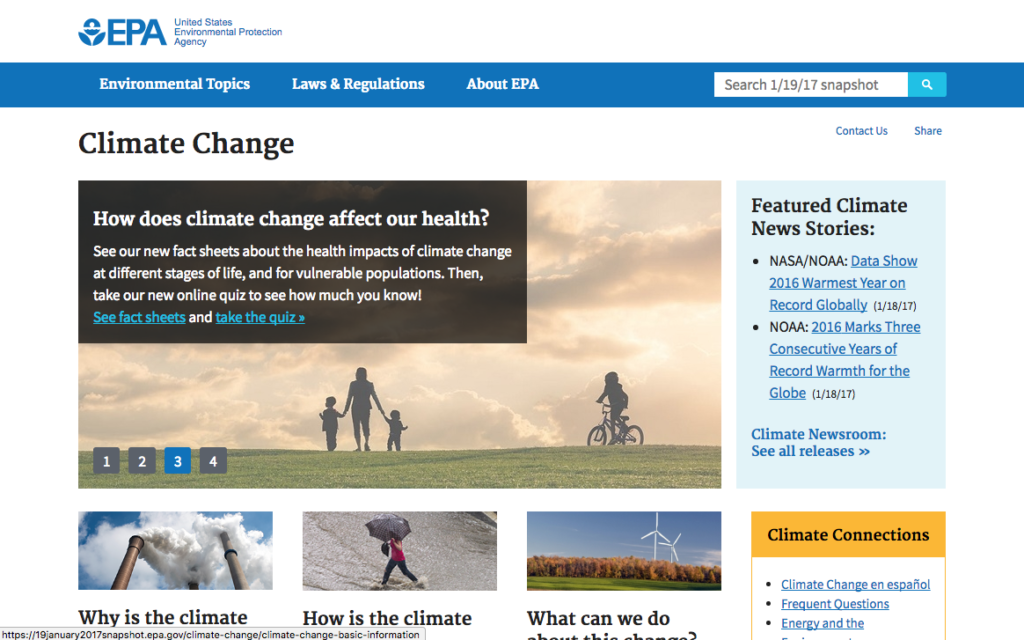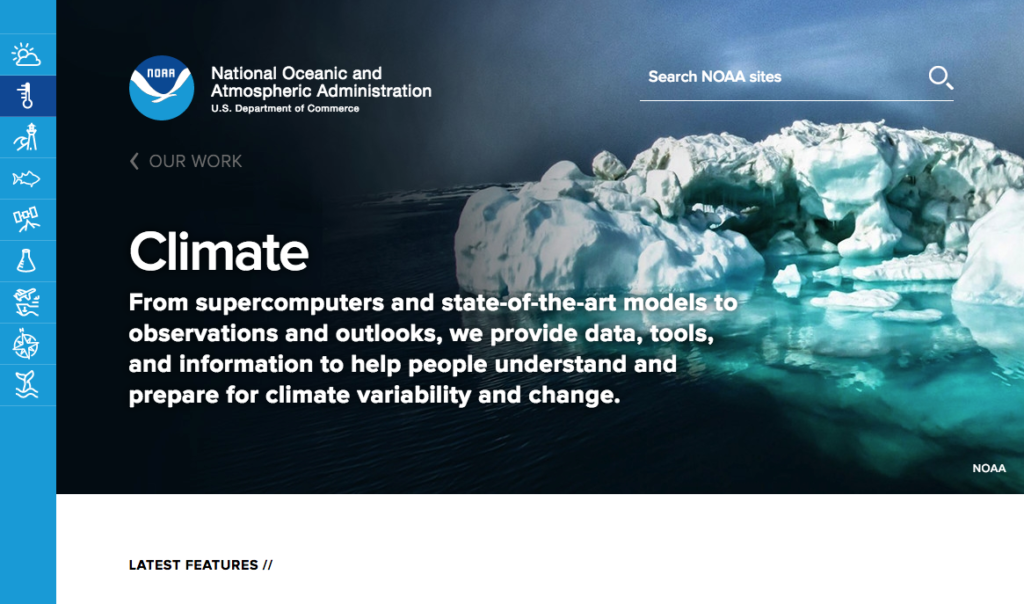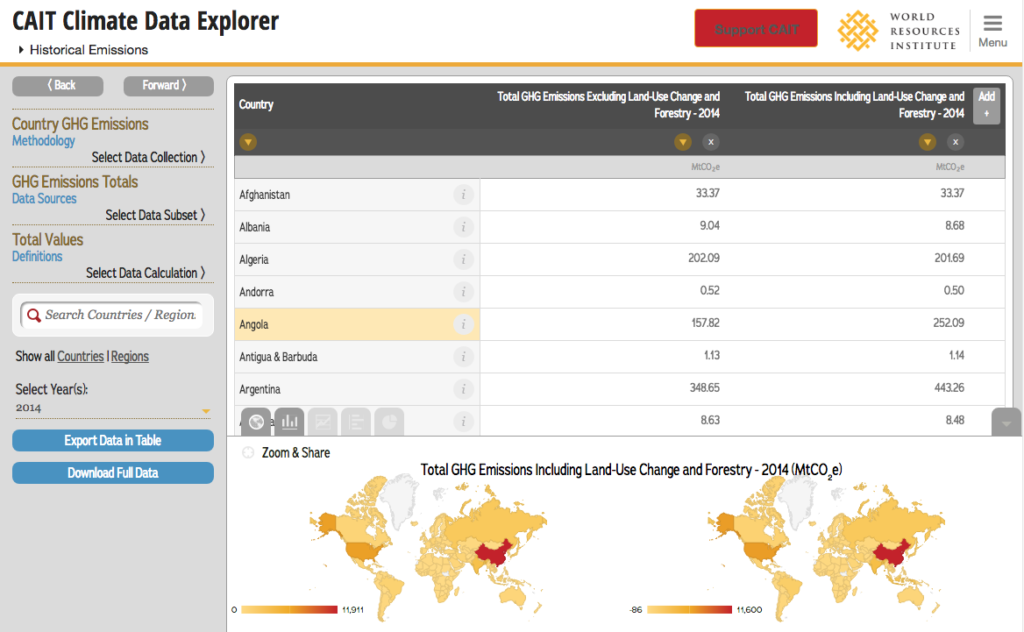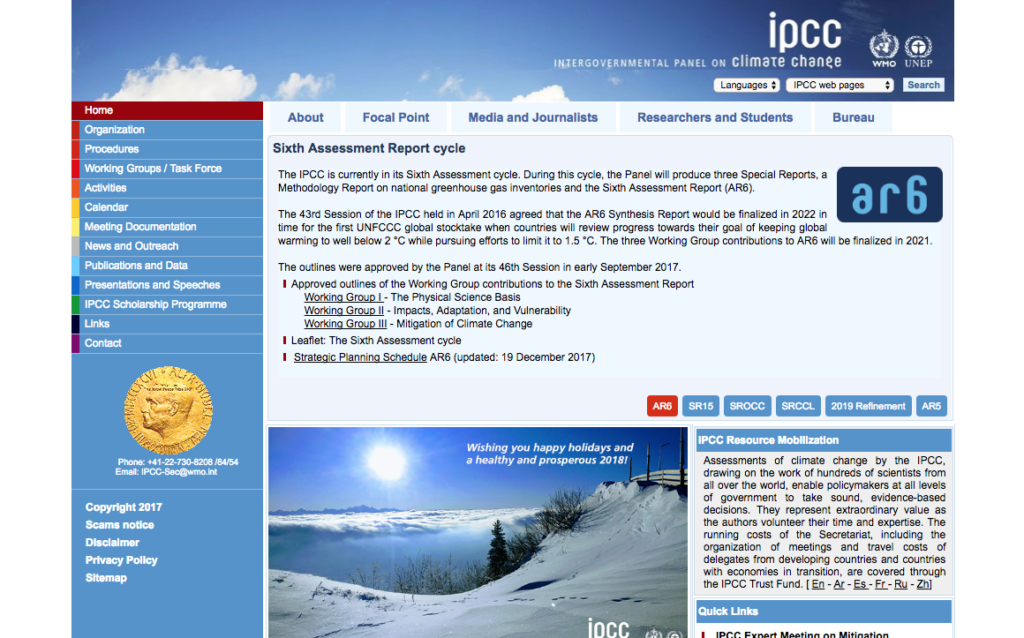Climate Science Essentials
Climate Science Essentials
Learning Objectives
This chapter provides basic information about climate change for those with limited exposure to the topic before taking this course. The chapter provides a necessary foundation for the material covered in this class, which focuses on social, institutional, and policy dimensions of climate change mitigation and adaptation. By the end of this chapter, you will be able to:
- distinguish between climate change and weather;
- know the definitions of key terms in climate science;
- understand the primary causes of anthropogenic climate change;
- know the types of evidence for climate change and features of weather affected by it;
- understand how climate change will affect biodiversity.
In this course, we will not focus on climate change science but on the institutional aspects of climate change mitigation and adaptation. The goal of this chapter is to provide a basic introduction to climate change basics sufficient to understand the mitigation and adaptation material covered in this class. Additional resources for further study are also provided.
Climate Science 101
To begin, it is important for you to have a clear understanding of some of the central elements of current scientific understandings of climate change. To learn some important elements of climate science, start by watching the Bill Nye video, then answer the accompanying questions below.
Important Definitions
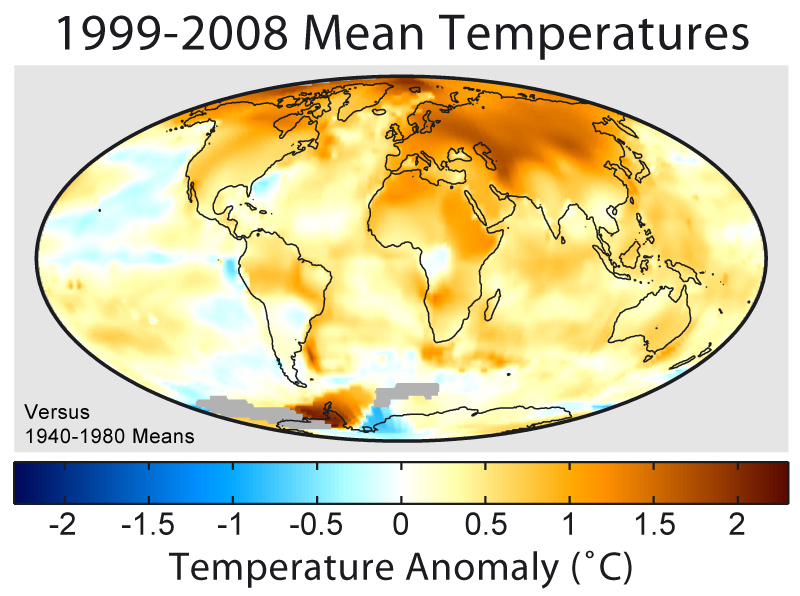
You know that weather is how the temperature, precipitation and wind are looking when you walk out the door in the morning. Is it cloudy? Is it hot and windy?
Climate, however, is a measurement of long-term average conditions in a location. You could think of it as the average weather over a long period of time. For example, you might talk about the average of winter low temperatures over 20 years and how it has changed. That is a factor in climate.
You will often hear the terms “greenhouse effect”, “global warming” and “climate change” used interchangeably. The two terms do have a lot of overlap in meaning for how we will be using the terms in this course.
The greenhouse effect refers to the warming effect on our atmosphere of greenhouse gases, through the absorption of infrared energy (heat). It is a general term that occurs naturally but is exacerbated by the build-up of greenhouse gases in our atmosphere.
Global warming usually refers specifically to the rise in global average temperatures that is widely believed to be the build-up of greenhouse gases due to human activities (anthropogenic). Average heating of the planet has different local effects on weather.
Climate change formally refers to any change in the long-terms patterns of temperature, precipitation, wind patterns or similar factors. Still it is often used to refer anthropogenic (human-caused) changes in the climate which is a broader term than global warming since it includes climate parameters beyond just temperature.
Click on the image of the NASA Global Climate Change website below. It will open in a new browser tab. Use the information from the web page to answer the questions below.
Why focus on carbon dioxide?
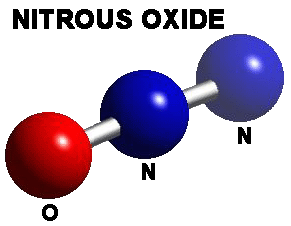 The NASA website lists several gases that contribute to climate change. Some gas molecules, like methane and nitrous oxide, have an especially strong warming effect. We tend to focus most on carbon dioxide, however, because the amount of carbon dioxide we have released into the atmosphere is far greater than the amounts of the other gases we have released. So it has the greatest total effect on warming just because there is so much more of it than there used to be.
The NASA website lists several gases that contribute to climate change. Some gas molecules, like methane and nitrous oxide, have an especially strong warming effect. We tend to focus most on carbon dioxide, however, because the amount of carbon dioxide we have released into the atmosphere is far greater than the amounts of the other gases we have released. So it has the greatest total effect on warming just because there is so much more of it than there used to be.
Evidence of Climate Change
Click on the image of the NASA Global Climate Change website below. It will open in a new browser tab. Use the information from the web-page to answer the question below.
Measuring Climate Change
Click on the image of the NASA Global Climate Change website below. It will open in a new browser tab. Use the information from the web-page to answer the question below.
Climate Impacts on Biodiversity
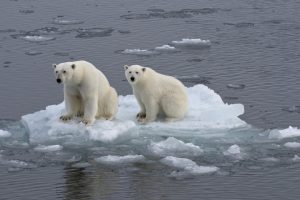
Sea level rise, shifts in rainfall, and warming will affect ecosystems around the world. In most all cases, the rate of change will exceed the ability of species to evolve genetically. Therefore, species will only be able to adapt by moving or by showing flexibility to changing temperature and humidity conditions, food sources and competitive pressures. The location of some ecosystems make the first form of adaptation (movement) exceedingly difficult. Coral reefs have proven to be extremely sensitive to increased ocean water temperatures. Coral reef species cannot migrate to land or to open ocean — they can only migrate along coasts — therefore, the species found in coral reefs are highly vulnerable to climate change. The same is true for land-based coastal environments, alpine ecosystems,and higher latitude ecosystems (in the Arctic for example). In all of these examples, the ability of species and ecological communities to shift their ranges (e.g., move) is extremely limited since they they will become increasingly isolated — surrounded by inhospitable environments.
Even in areas where species ranges can feasibly shift with changes in temperature and rainfall, human land uses can limit the potential for species to move to areas where new climate conditions are conducive to their survival. Moreover, a species’ survival depends not only on its own ability to move or physiologically tolerate climate change but on the abilities of other species on which it depends — such as pollinators, parasites, and food sources. Finally, these considerations are made even more complicated when one considers that a species’ survival is also influenced by its ability to compete with other species for the same food sources and escape new threats from pathogens and predators under changed circumstances.
Therefore, the effect of climate change on biodiversity is shaped by the vulnerabilities of population of species within ecosystems. An individual species’ vulnerability is determined by:
- its ability shift its range (move) to more suitable habitats as climate changes;
- its ability to physiological tolerate changed climatic conditions;
- the effect of climate change on its coexistence with other species on which it depends (food sources, pollinators..etc.);
- its competitive abilities under new ecological and biophysical conditions.
In short, the effect of climate change on biodiversity is complex. Still given the rate of climate change, it is very likely that we will see a negative effect on biodiversity with corresponding stresses on the ecosystem services that biodiverse ecosystems provide. The question is the extent of biodiversity loss which is likely to be quite variable geographically.
Finding Reliable Information on Climate Change
Unlike a lot of scientific information out there–say organic chemistry or human biology–there is a lot of misinformation about climate that parades as good, solid information. So, in the spirit of directing you to more reliable information, here are some additional websites about climate science. Clicking on any of the websites below will open it in a new browser tab. Also feel free to seek out your own sources, and, if you’re curious about the reputability, feel free to ask us.
The University Corporation for Academic Research and National Union for Atmospheric Research climate change education site
The U.S. Environmental Protection Agency climate change website:
The National Oceanic and Atmospheric Administration climate change overview:
The World Resources Institute climate data explorer:
The Intergovernmental Panel on Climate Change main page (note that there is a lot of information here. One good place to start is the Summary for Policymakers from the new Fifth Assessment Report. More detailed information from the Fourth Assessment can be found by clicking the “Recent Reports” tab and clicking “Other Reports” near the bottom. Scroll down to find the Fourth Assesment Reports):
You are finished!
Reducing the threat of climate change by reducing greenhouse gas emissions.

